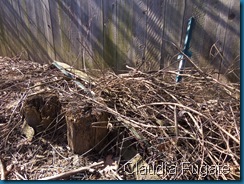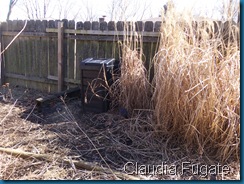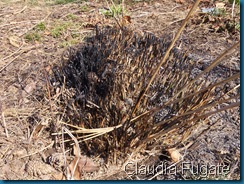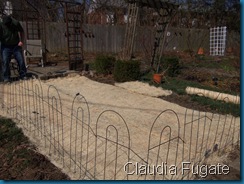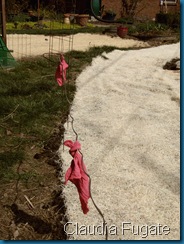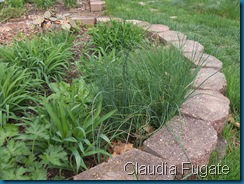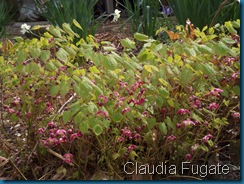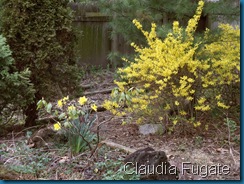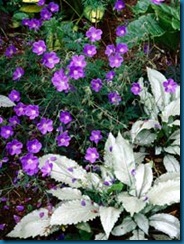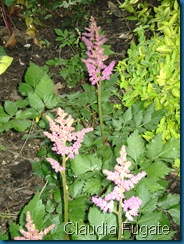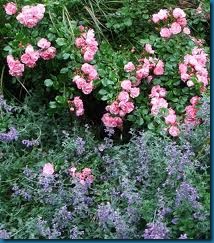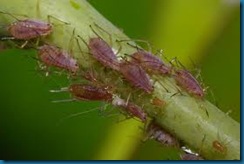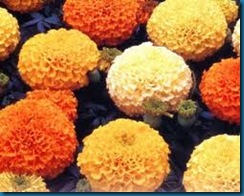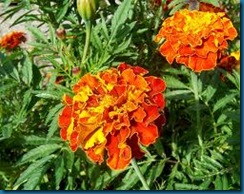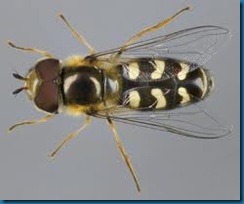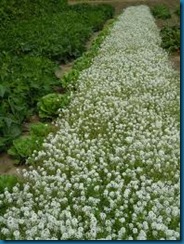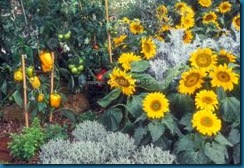Beneficial Insects - What They Do
The three classifications of beneficial insects,
Pollinators, Predators, and Parasites, defines the role each has and the method in which they survive.
Most of us are familiar with
Pollinators. Bees, butterflies, and wasps are vital to 80% of plants in the world. If plants do not get pollinated, the species cannot reproduce. Life would fail on this planet as the food crops fail.
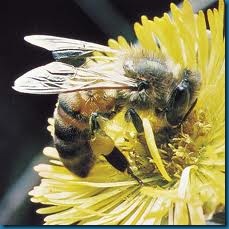
Pollinators need nectar, shelter, and water to survive. A supply of pollen and nectar are required for the sustainability of the pollinator populations.
Parasite insects are quite the creature. This is a parasitic wasp as it seeks out a caterpillar in the garden
and deposits its eggs in it.
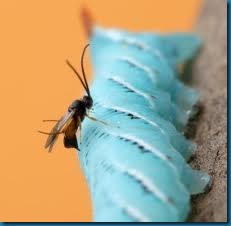

The larvae of the wasp emerge inside the caterpillar and eat it from the inside.
The
Predator insects are interesting in that in some species, the Predator seeks out other pests – whether it is in the larval stage or as an adult. The most commonly known predator is the
Lady beetle. We probably recognize the

adult that is red with black spots . But the larva is orange with black markings that resembles an alligator. The larvae, as well as the adult, eat pests. I must say that I have seen this ‘bug’ and did not know what I was looking at. (Probably smashed a few, too!)
Green Lacewing are quite dainty. The adult feeds on pollen, nectar, and honeydew.
However, the larvae
are quite aggressive predators as they seek out aphids.
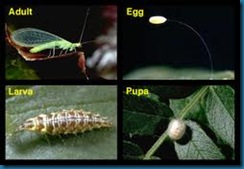 Praying Mantis
Praying Mantis are general predators in the garden, They eat anything, including beneficials - even the Lady Beetle. Larvae have even been known to eat each other.
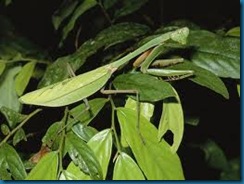 Minute Pirate Bugs
Minute Pirate Bugs are commonly mistaken for cinch bugs. The adult and larvae prey on aphids, cinch bugs, thrips, whiteflies and spider mite, to name a few. Minute Pirate Bugs are a natural predator to other pests that can damage corn crops, cotton, soybeans, and sorghum.
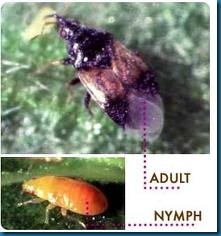
Sucking mouth parts enable this bug to draw out fluids from its prey.
The
Lady Beetles
, the
Green Lacewings
, the Praying Mantis, and the Minute Pirate bug and be bought in the marketplace. The
cocoon
of the Praying Mantis are shipped and placed about the garden before they hatch.
Lady Beetle, Green Lacewings and Minute Pirate Bugs are shipped as eggs or live to release.
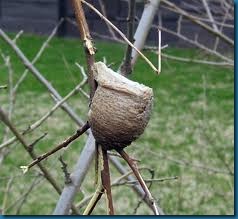
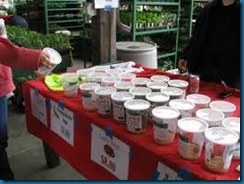
One beneficial I have overlooked in my garden is the
Ground Beetle. Yes, I knew they were there – just turn over a stone, or move leaves. But I did not know they enjoy a meal of grubs, caterpillars, fly maggots, slugs, snails, and even earthworms.
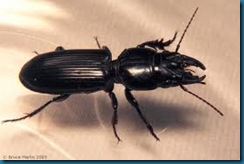

This
Assassin Bug uses piercing mouth parts to feed. The front legs are designed to catch their prey. Their bite on the hand of a handler can be painful so use caution.
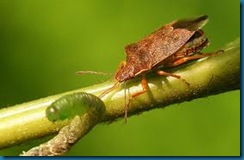
The
Predatory Stink Bug indeed stinks. Many species of Stink Bugs are in the environment, and they can be destructive when they suck plants. There are a few, however, that are not such bad eggs – the Predatory Stink bug can eat beetle larvae, and caterpillars.
Big Eyed Bugs and Damsel Bugs are two more I have underestimated as to their value. Both adults and nymphs of the Big-Eyed bug feed on mites, aphids, and insect eggs. The Damsel Bug uses its front legs to hold its prey which include, thrips, caterpillars, leafhoppers, and other soft-bodies insects.
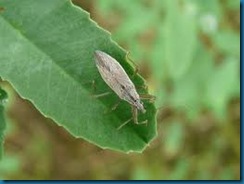
Damsel Bug
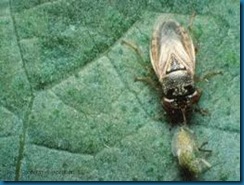
Big Eyed Bug
Syrphid Flies – also known as
hover flies – can be mistaken for bees, wasps, or hornets. Adults feed on pollen, nectar, and aphid honeydew which they use for good egg maturation. Females will lay hundreds of eggs in aphid colonies. Larvae have piercing, sucking mouths, and can eat hundreds of aphids.

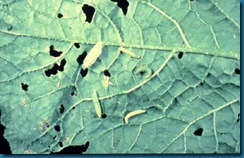
Here we see hover fly larvae on a cabbage leaf with the larvae of the cabbage beetle. What looks like a major worm infestation is really one (the hover fly) eating the other (the cabbage worm).
Reaching for an insecticide at this time would kill both – with the biodiversity of the insects in your garden leaning towards an unbalanced condition. Maintaining this balance is a natural, albeit a slow, process. Using even an organic insecticide will kill the bad, as well as the good bugs. Being aware of the beneficial insects is a good start in protecting our environment. I know I think twice about dousing the garden with products that many harm.
Plant good http://gardeningnaturallywithclaudia.blogspot.com/2013/01/companion-plantsbenefits-in-garden.html that will repel insects, or bring in good insects to your landscape. Use fabric to cover rows, and keep the larval state of insects off your crops. Just be sure to remove the cover so
Pollinators can reach the blossoms where they will ensure you a good crop or a source of seed.
So,
Pollinators, Predators, and Parasites - get to know these Beneficial insects in your garden.


